12 Quick Strategies to Boost Year-End Fundraising

Percolate on these ideas; choose 1 – 2 to wake up your year-end campaign!
The biggest fundraising time of the year for most nonprofits inexorably approaches.
It can be stressful.
Don’t succumb to the stress. You’ve got this!
Perhaps you can’t do everything you’d like to do this year, but you can do some things.
Some you can do on your own.
Some will require support from technical and/or marketing staff.
Don’t become discouraged thinking you don’t have the time. Sometimes you don’t have time not to do these things.
None of these suggestions are big time consumers standing alone. They’re each little tweaks. Because often it’s the little things that count. That pack a surprising wallop.
So don’t save all your energy for writing your appeal. Help your appeal along by putting some of the dozen suggestions that follow into effect.
Here are 12 strategies that will pack a big punch.
Even just one or two will make a difference.
Let’s get started…




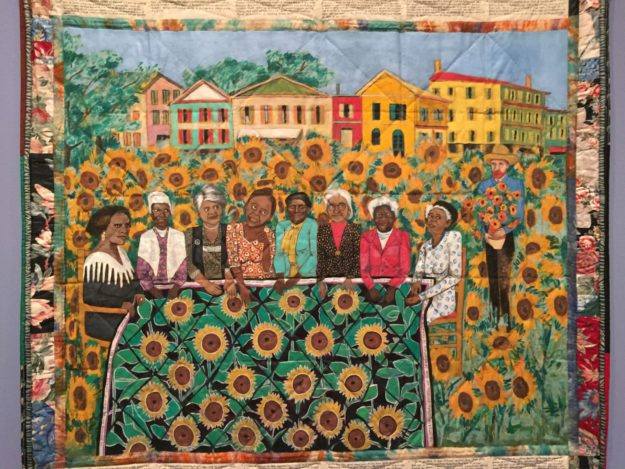
 Your nonprofit’s story is the whole ball of wax.
Your nonprofit’s story is the whole ball of wax.


 People are wired for stories
People are wired for stories
 People are unpredictable sometimes. They’re also predictable.
People are unpredictable sometimes. They’re also predictable.



 It’s back-to-school and prime fundraising season.
It’s back-to-school and prime fundraising season.
 In
In 
 You’ve got one month before fall fundraising season begins in earnest.
You’ve got one month before fall fundraising season begins in earnest.
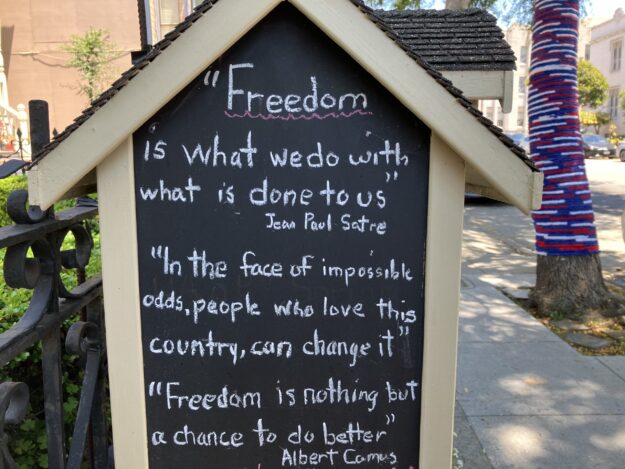



 Once upon a time I let folks know I’d “finagled” a discount for them. After one reader told me the word “finagle” means “to obtain something by devious or dishonest means,” I sent an apologetic “Ruh Roh” email. I received a lot of forgiving (thank you!) feedback. Many kindly supported my initial use of the word “finagle.”
Once upon a time I let folks know I’d “finagled” a discount for them. After one reader told me the word “finagle” means “to obtain something by devious or dishonest means,” I sent an apologetic “Ruh Roh” email. I received a lot of forgiving (thank you!) feedback. Many kindly supported my initial use of the word “finagle.”
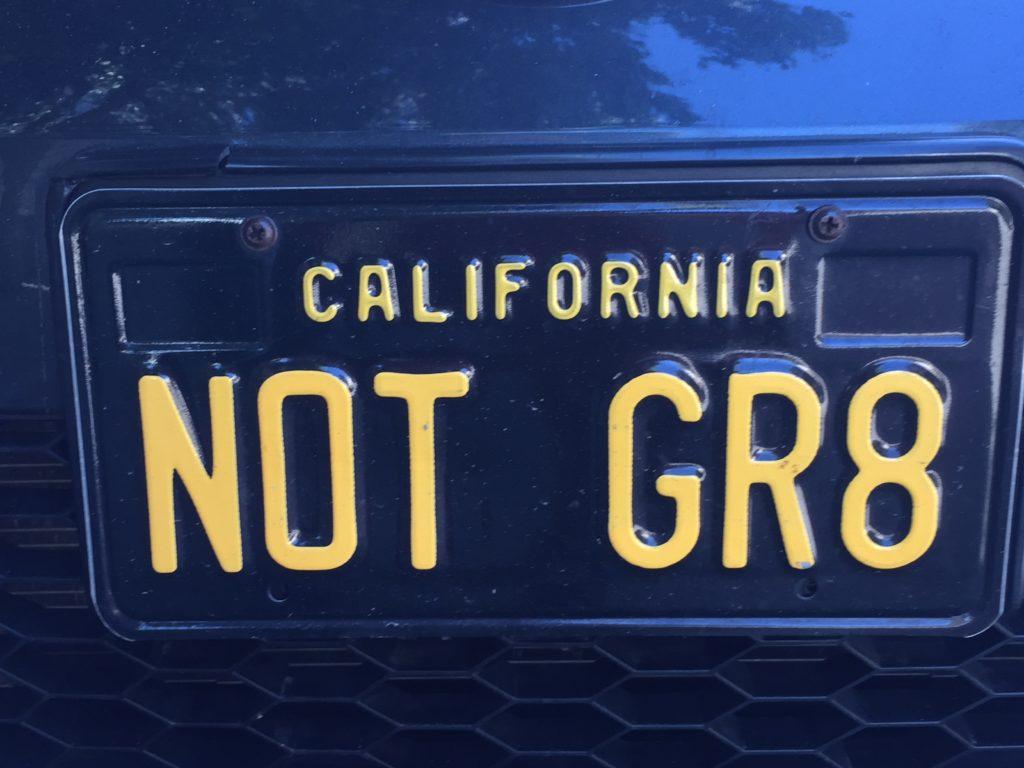



 Giving is an emotional experience. It deserves an emotional response.
Giving is an emotional experience. It deserves an emotional response.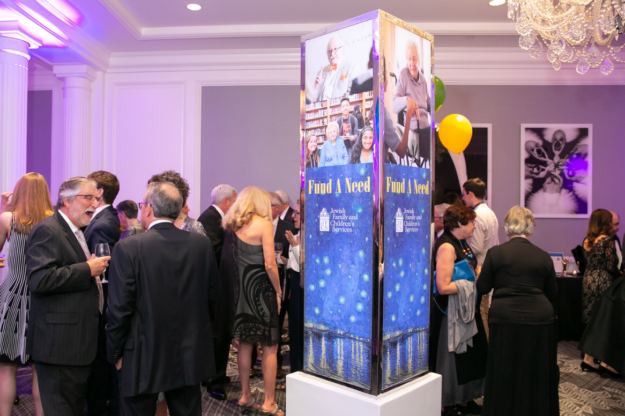
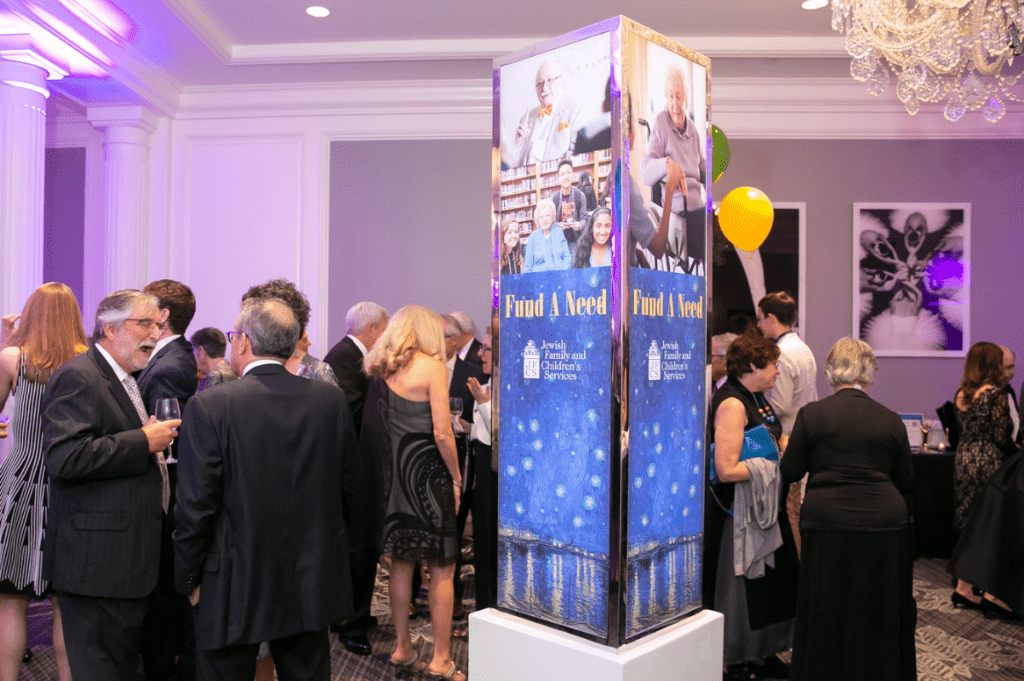





 I find a widespread misunderstanding about the notion of what constitutes being donor-centered. It derives from two misconceptions:
I find a widespread misunderstanding about the notion of what constitutes being donor-centered. It derives from two misconceptions:



 Not every problem needs to be addressed immediately. Some will work themselves out.
Not every problem needs to be addressed immediately. Some will work themselves out. When organizations aren’t raising as much money as they need, they’ll often tell me: “We need to recruit new board members.” This is very often true, but it’s only a piece of the puzzle as to why they’re not being more successful with fundraising.
When organizations aren’t raising as much money as they need, they’ll often tell me: “We need to recruit new board members.” This is very often true, but it’s only a piece of the puzzle as to why they’re not being more successful with fundraising.
 In my last article I talked about
In my last article I talked about 
 This week the groundhog told us it’s going to be an early spring!
This week the groundhog told us it’s going to be an early spring!




 What if I told you there’s a teensy little digital upsell that could skyrocket your year-end fundraising results? Would that be of interest?
What if I told you there’s a teensy little digital upsell that could skyrocket your year-end fundraising results? Would that be of interest?

 Are you leading with a “gift” or “favor” to positively incline your donor to say “yes?”
Are you leading with a “gift” or “favor” to positively incline your donor to say “yes?”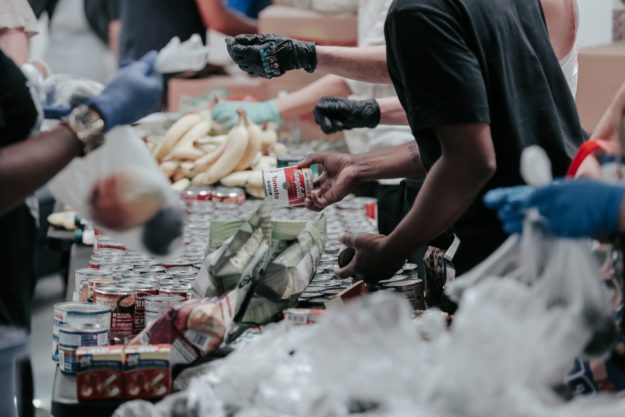
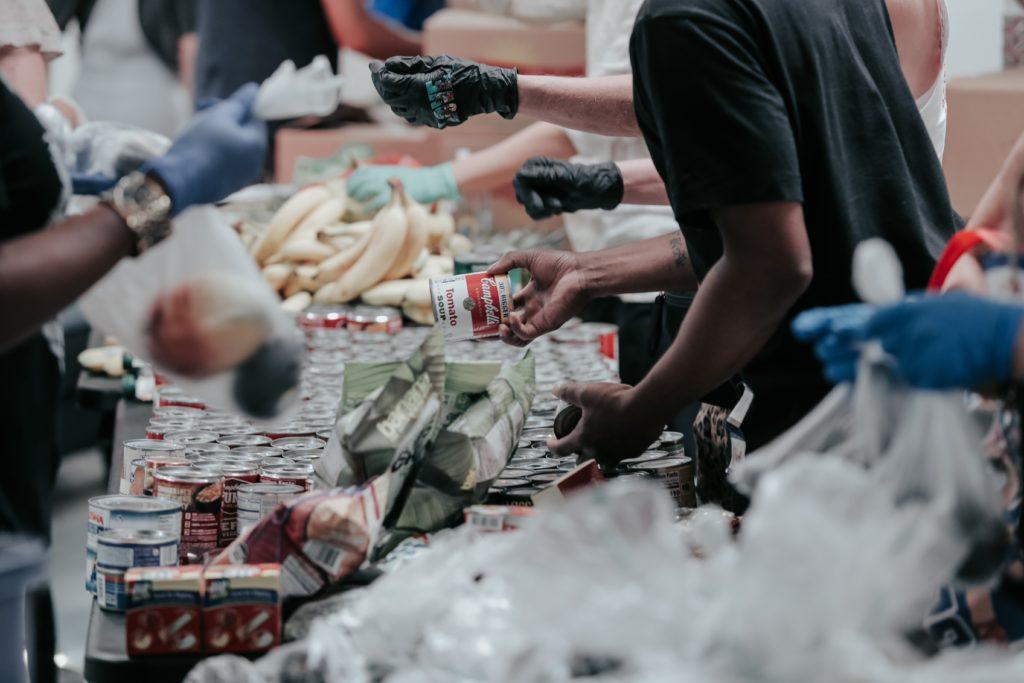 This year Giving Tuesday is November 28th. So, soon.
This year Giving Tuesday is November 28th. So, soon.




 From time to time, I host guest posts from professionals with niche expertise. There are just some things others know a lot more about than do I, especially when it comes to technology. Today’s article is one of those, from someone who really understands the ins and outs of text messaging and fundraising. Here’s what he has to say.
From time to time, I host guest posts from professionals with niche expertise. There are just some things others know a lot more about than do I, especially when it comes to technology. Today’s article is one of those, from someone who really understands the ins and outs of text messaging and fundraising. Here’s what he has to say. I’m a huge Seth Godin fan, always in awe of the plethora of wisdom he manages to pack into one pithy post. I save them up, building a collection I can draw upon for inspiration as life, personal and professional, pushes in.
I’m a huge Seth Godin fan, always in awe of the plethora of wisdom he manages to pack into one pithy post. I save them up, building a collection I can draw upon for inspiration as life, personal and professional, pushes in.


 The single most important lesson I ever learned.
The single most important lesson I ever learned.
 If you’ve never read management and marketing guru
If you’ve never read management and marketing guru 


